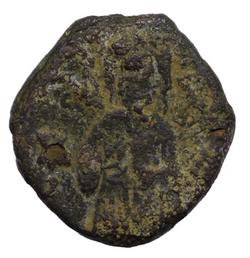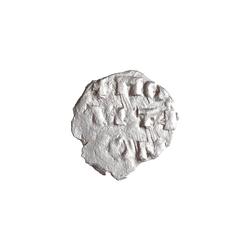Connected records
Tornese
Maker(s)
Ruler:
Andronicus II (1282-1328)
(Joint reign)
Ruler:
Michael IX Palaiologos (1294-1320)
(Inferred)
Mint:
Constantinople


















